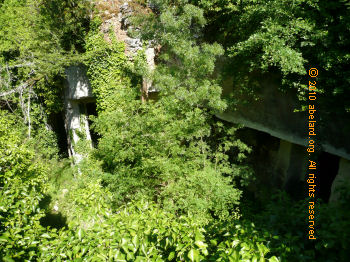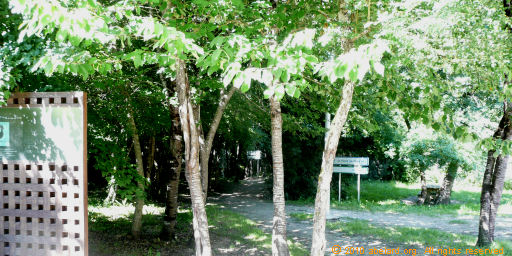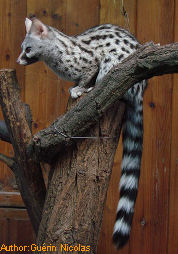











  |
 |
 |
 |
 |
|||
| site map |   |
 |
 |
 |
 |
||
|
motorway aires: 19 |
|
|
||
 |
|
|||
|
new! Cathedrale Saint-Gatien at Tours
the perpendicular or English style of cathedral the fire at the cathedral of Notre-Dame de Paris Stone tracery in church and
cathedral construction stained glass and cathedrals in Normandy fortified churches, mostly in Les Landes cathedral labyrinths and mazes in France Germans in France on first arriving in France - driving Transbordeur bridges in France and the world 2: focus on Portugalete, Chicago,
Rochefort-Martrou France’s western isles: Ile de Ré Ile de France, Paris: in the context of Abelard and of French cathedrals Marianne - a French national symbol, with French definitive stamps la Belle Epoque
Pic du Midi - observing stars clearly, A64 Futuroscope the French umbrella & Aurillac 50 years old:
Citroën DS the forest as seen by Francois Mauriac, and today bastide towns
|
Motorway aires are designed to provide a suitable environment for relaxing, refreshing and recovering during the long, hard journeys. As well as facilities of often dubious nature, picnic tables and seats, a telephone kiosk, there are often optional extras such as a play area or a display related to some local interest or event.
A837 - motorway of birds/l’autoroute des oiseaux | ||||||||||
 | |
| Above: A verdant, wooded aire whose welcome is a circular pergola with honeysuckle starting to cover it. | |
 |
Left: Nearby is a view over former quarries cut deep into cliffs. With the strong summer foliage, you need to peer closely
to see the galleries in amongst the rampant greenery. Below: Looking into the former quarries. |
 | |
Also close by is the museum that presents the history and techniques of the old quarry, focusing on the quarry and their workers, together with their tools and the diverse uses for the quarried stone. The museum opening times are from 1st June to 30th September, 10:30 to 12:00 and 14:00 to 19:00 [2pm to 7pm].

Left: Models of quarrymen, with the video
viewing area reflected in the glass.
Right: various quarry
handtools.

Just round the corner is a gated entrance to a protected area. Here, you may take a guided (not free) walk through a wooded nature trail, marked at its start by a man-sized stone mason in stone. You approach the quarries more closely, being given a safety helmet to wear. The walks are at set times of day, so not always available. Note that there are eleven sets of stairs, 280 steps in all, so this walk is not suitable for invalids or pushchairs. Dogs are also not allowed
 |  |  | |
| image credit: belle-saintonge.new.fr | |||
When exploitation at the quarry ended, a carpet of greenery gradually covered the rocks and trails. Now the trees grow above the dark and deep gorges and plunge their leavy branches into the void. The shade keeps temperature constant and humidity high. The lushness of the plants is reminiscent of an Amazon forests.
Ivy grows on the cliffs like trees, and often descends to the ground in long tresses. Clematis climbs to reach the highest branches to find a little more light. The green quarry carpet includes many temperate ferns, such as hart’s-tongue fern, and even those usually found at the bottom of deep wells. In drier areas, you might see orchids such as the hanged man orchid [Orchis anthropophora], or the Bee Orchid.
Animals roam amongst the quarries: mammals such as badger, deer, genets, foxes; amphibians such as agile frogs [Rana dalmatina] and salamanders. There is a proliferation of birds, both nocturnal and diurnal, including barn owls and short-toed eagles.
Further into the aire, along a wooded walkway with wild flowers and mushrooms (depending on the time of year), is another ‘subterranean’ exhibition room.

Wooded walkway to subterranean ehibition
room
On the Aire des Oiseaux you will find the “Farm of the Pouzinerie”. The old farmhouse has been renovated, and now there is an exhibition centre that provides a graphic display of the birds that come to Charente-Maritime and the countryside there. |  | |
Outside, in another part of the aire, is a circular ‘lawn’.
Around one side is an arched pergola covered in honeysuckle, buddleia and butterflies during the summer, that shelters a series of picnic tables. The road just visible on the left takes visitors through the aire, and a bit further to the left is the start of the Brossard woods walkwhere you may see various birds in their natural habitat.
In the centre are six cylindrical zoetropes which, when turned, give the illusion of the characteristic flights of different birds when observed through the vertical slit. Unfortunately, they are rather sadly neglected.
Around the other side of the ‘lawn’ is a display of bird silhouettes and information boards to help both to help identifying birds and to understand their life and habitats [information boards in French], as well as several silhouettes of birds on long poles. Unfortunately, these have not been kept in good repair. | ||
 |  | |

| abstracts | briefings | information | headlines | loud music & hearing damage | children & television violence | what is memory, and intelligence? | about abelard |
|
© abelard, 2010,4 april the address for this document is https://www.abelard.org/france/motorway-aires19-a837.php
|